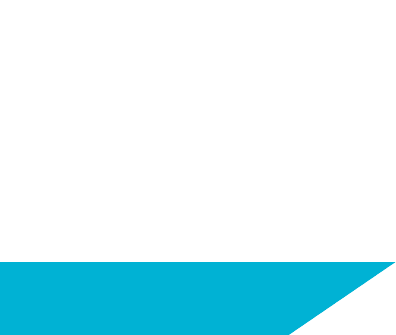
Experienced Team
Dedicated staff makes sure your project goes smoothlyState of the Art ERP System
Streamlines receiving process and inventory management
Timely, Accurate Reporting
We help you forecast demand for all your fixture needs
Create a Successful Retail Environment with
Design, Engineering & Prototyping Services

Inventory Control Capabilities
We look at inventory control as an extension of your business and ensure we deliver timely and accurate reporting so that you are ready for your next custom store fixture or display project.
- ERP system streamlines the receiving process and ensures accuracy of inventory receipts
- Inventory reports tailored to your business and products
- Real-time inventory tracking with barcode scanning at every point in the journey
- Experienced team helps you forecast demand for all your fixtures
- Long-term distribution staff understands every aspect of your project
Custom Fixture Warehousing Services
Our distribution center operates efficiently in the background so our customers never have to think about the details. Your custom store fixtures will arrive on time, on budget, and meeting the quality standards you expect.
- Pre-assembly in warehouse available
- Custom packaging to reduce time and waste for setups
- Capacity for large scale rollouts
- Strong partnerships with logistics companies to ensure quality and delivery times
- On-demand, last minute order fulfillment
- White glove service
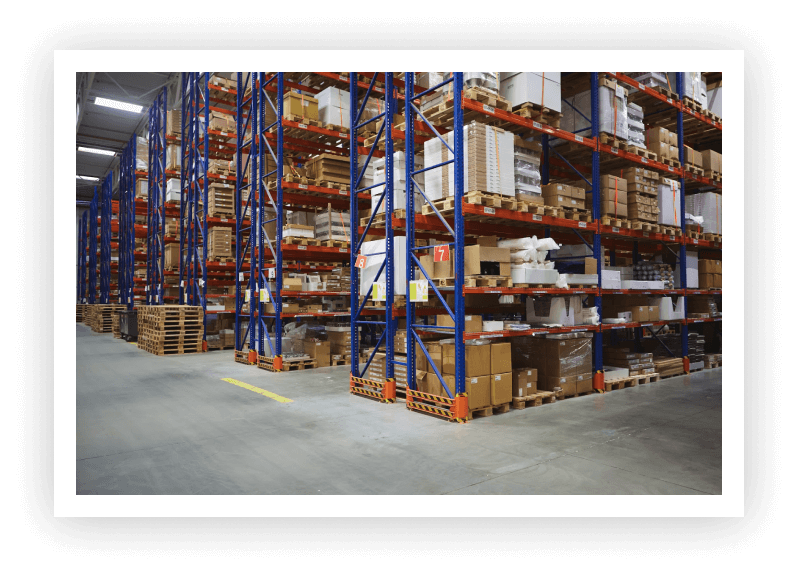
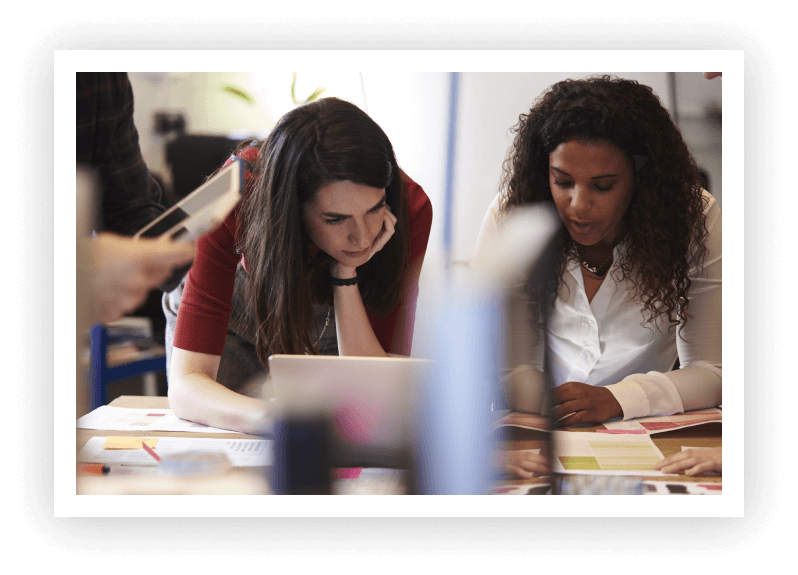
Retail Flexibility, Project Dedication, and Problem Solving
See how we helped our customer complete a 1200 store roll-out in one month. Our warehouse team was able to dramatically reduce turnaround times by seamlessly working with carriers, and by creating efficient packing and production workstations to pick and pack the store package for each location.

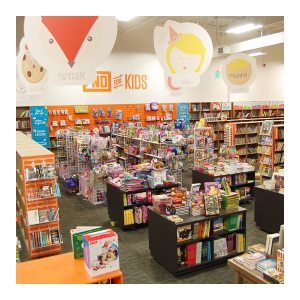
“I’m proud to say that we have partnered with S-CUBE for over 5 years now and we value our relationship with them…”
“Over this time we have shifted a larger and larger share of our fixture program to S-CUBE. This move is due to their outstanding service, proactive communication, value added services, quality control, and attention to detail.
We need suppliers who are problem solvers. As an extremely cost-conscious brand, we need companies who can provide value-engineering. We need to save money but maintain quality. Throughout our meetings and weekly conference calls, S-CUBE clearly understood our business and what we were trying to accomplish. In fact, S-CUBE is always trying to improve the processes we have in place, even when we don’t ask them to.”
Daniel Warren
Construction Manager, Books-a-Million
Read More Client Success Stories for Inventory Control and Warehousing Services
Resources for Creating a Successful Retail Environment
Chat with Jeff or Kevin
Tell us about your project to get started.
Our team of industry veterans can share strategic insights, explore options and challenge costs to deliver exceptional client solutions.
Frequently Asked Questions
What is prototyping in engineering design?
Prototyping in engineering design is the creation of a preliminary model or sample that represents the final product. This model allows designers and engineers to physically or digitally test the product’s form, function, and feasibility. Prototyping helps identify potential design flaws and material issues early in the development process. By building prototypes, teams can make informed decisions, refine designs, and ensure the product is manufacturable before committing to large-scale production, saving time and costs.
What are engineering and design services?
Engineering and design services cover the entire journey from an initial concept to a finished, manufacturable product. These services include idea generation, detailed computer-aided design (CAD) modeling, material and process selection, engineering analysis, and prototyping. The goal is to develop products that meet both functional and aesthetic requirements. These services often also include preparing technical drawings and documentation necessary for manufacturing, ensuring the product can be produced efficiently and to the required quality standards.
How much does it cost to design a prototype?
The cost to design and produce a prototype depends on many factors such as product complexity, size, materials, and functionality. Basic prototypes intended for visual review might cost a few hundred dollars, while highly detailed or fully functional prototypes can cost thousands. Additional factors like the number of iterations and specific manufacturing techniques will also affect pricing. Typically, service providers offer customized quotes based on the specific project requirements to ensure clients receive accurate and fair pricing.
How long does it take to develop a prototype?
The timeframe for prototype development varies widely depending on the complexity of the design, the materials used, and the required functionality. Simple prototypes can be completed in a few days, while more complex or functional models may take several weeks to develop. Revision cycles and testing can also extend timelines. Clear communication between the client and the prototyping team, along with well-planned project schedules, helps ensure prototypes are delivered within expected deadlines.
What types of prototypes can design and engineering services create?
Design and engineering services can create a variety of prototypes depending on project goals, including visual mock-ups, structural models, and fully functional prototypes. These models may use materials such as wood, plastic, metal, or composites. Visual prototypes help assess aesthetics, while functional prototypes allow for performance testing. Each prototype type serves a specific purpose, from demonstrating design concepts to testing usability and durability before final manufacturing decisions are made.
Why is prototyping important in product development?
Prototyping is a vital step in product development as it allows designers to test concepts and identify issues early. It reduces the risk of costly errors during manufacturing by validating materials, mechanics, and overall design. Prototypes provide a tangible way to evaluate product performance and make necessary adjustments. This iterative process accelerates development, improves product quality, and ensures the final product meets customer expectations and industry standards before entering production.
Are design revisions possible after prototyping?
Yes, design revisions are a common part of the prototyping process. After creating and testing a prototype, feedback often leads to necessary adjustments in design, materials, or construction methods. These iterative changes help improve product performance, usability, and manufacturability. Revising designs ensures that the final product addresses any issues uncovered during prototyping and meets all client requirements, leading to a more successful and efficient production phase.
Can clients submit their own design files for prototyping?
Many design and engineering services welcome client-submitted design files such as CAD models, sketches, or technical drawings. These files are reviewed for manufacturability and feasibility. Collaborating with clients ensures their vision is accurately translated into physical prototypes. Providers often offer guidance and recommendations to optimize designs for production. This collaborative approach helps avoid costly mistakes and results in prototypes that closely match client expectations and requirements.



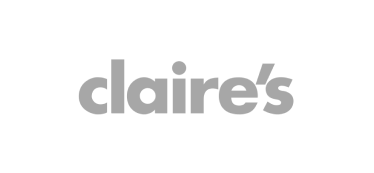
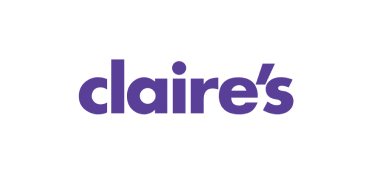
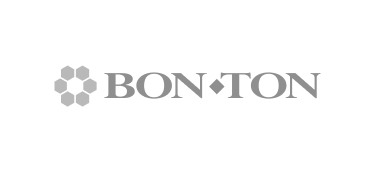
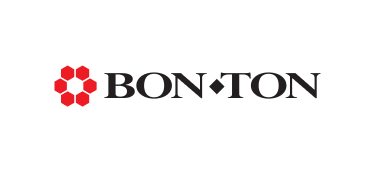


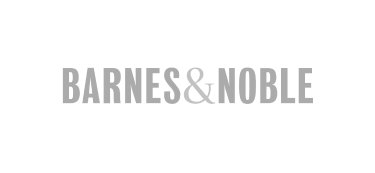
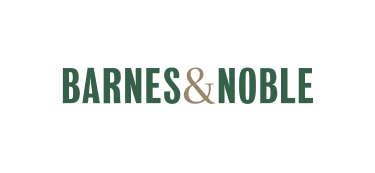
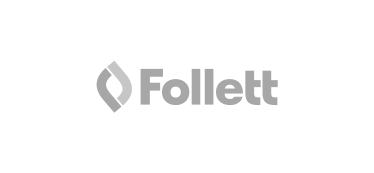

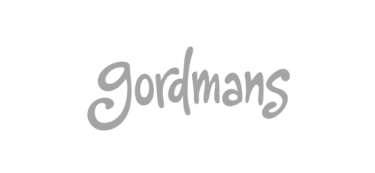
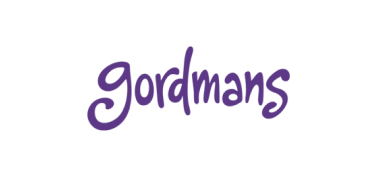
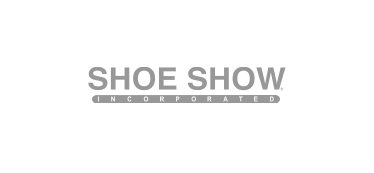
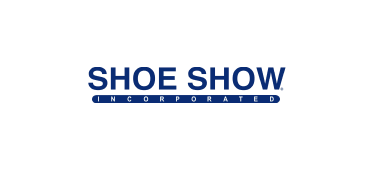


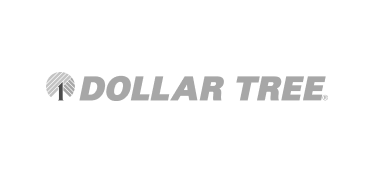
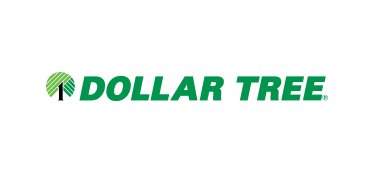
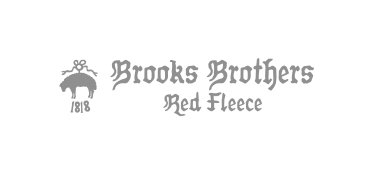
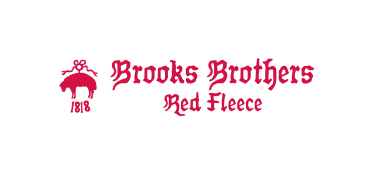
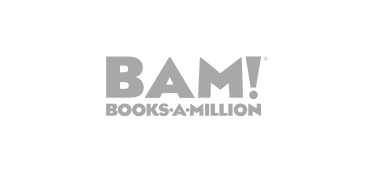
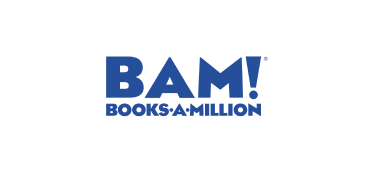
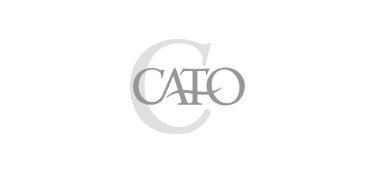
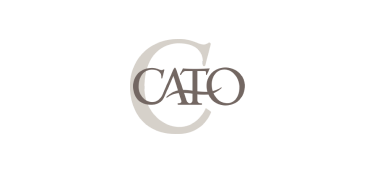
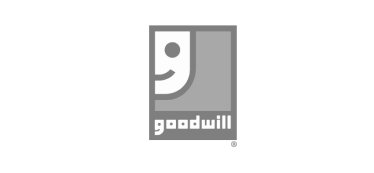
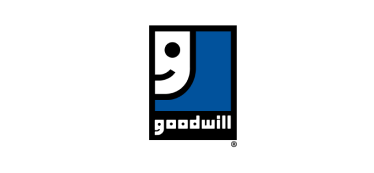

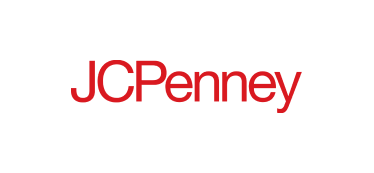


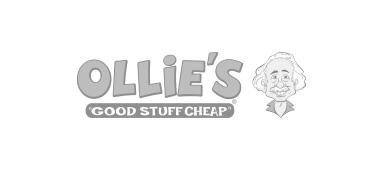
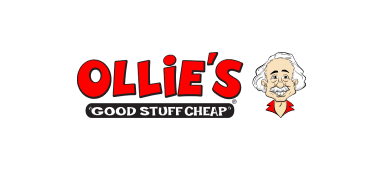
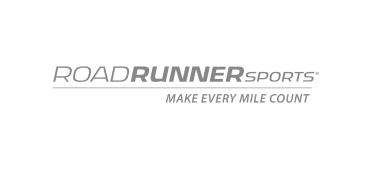
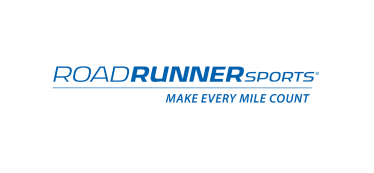
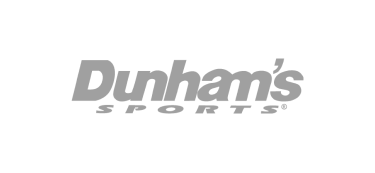

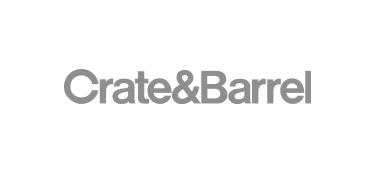
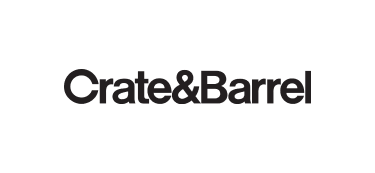
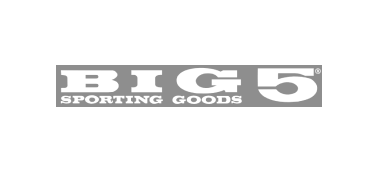
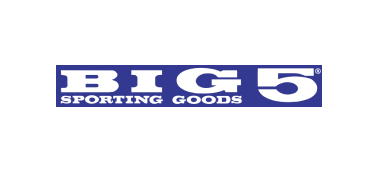
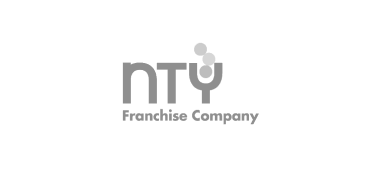
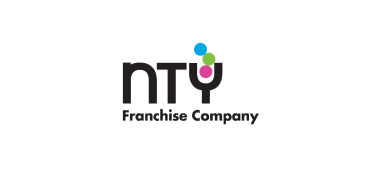
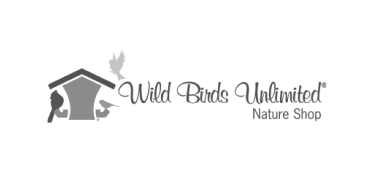

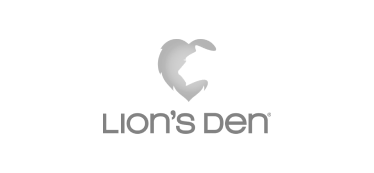
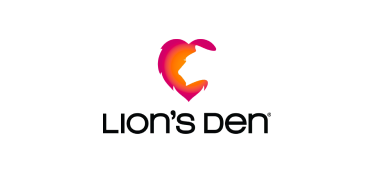
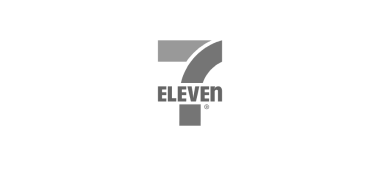
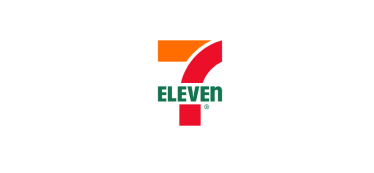
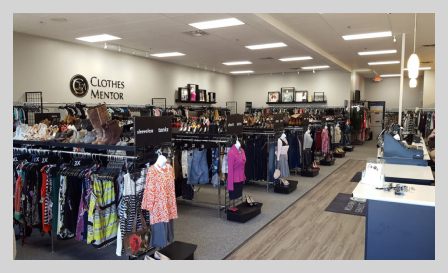
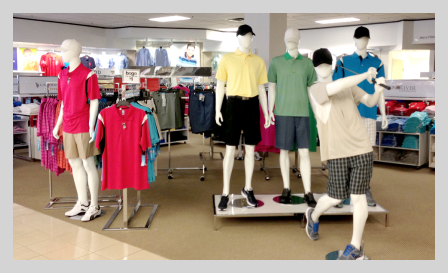
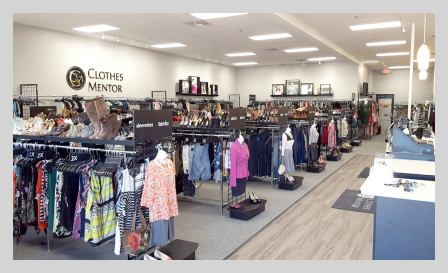


.png?width=300&height=300&name=Group%20290%20(2).png)


